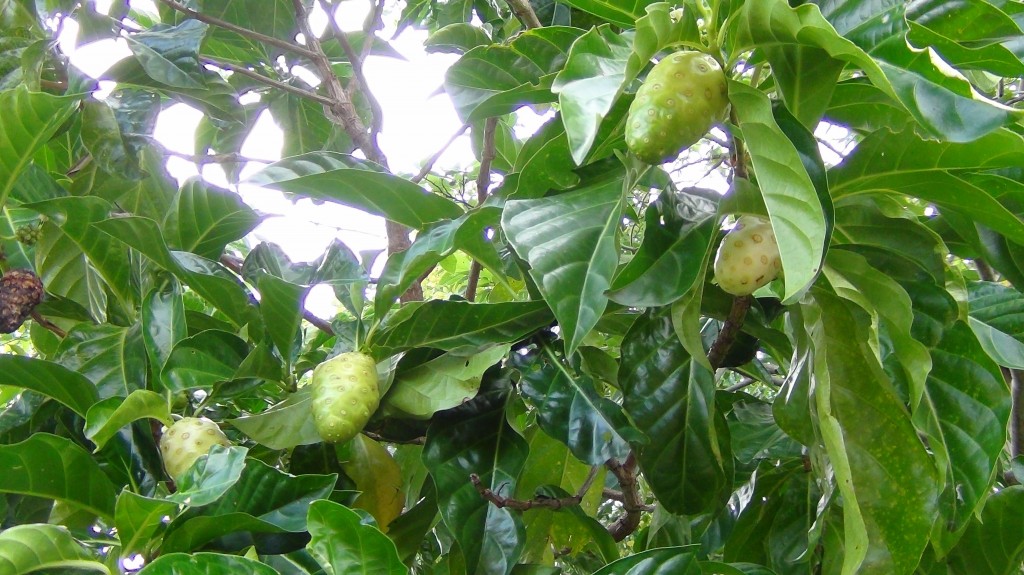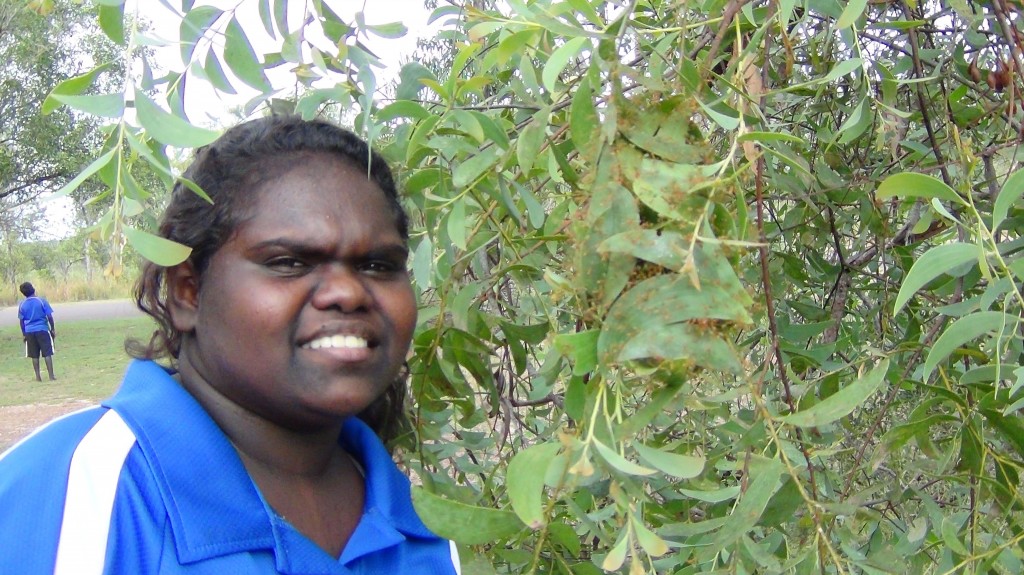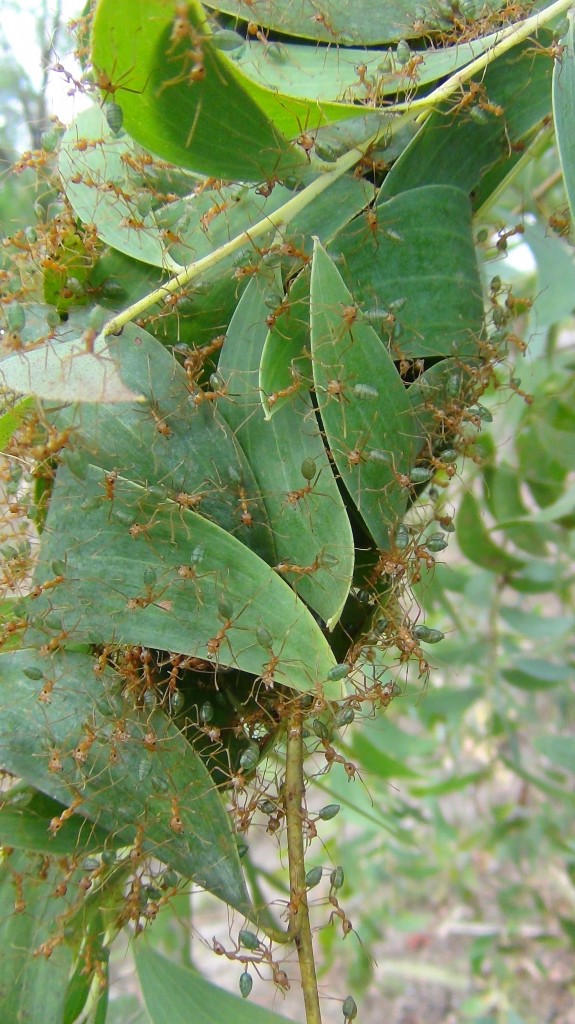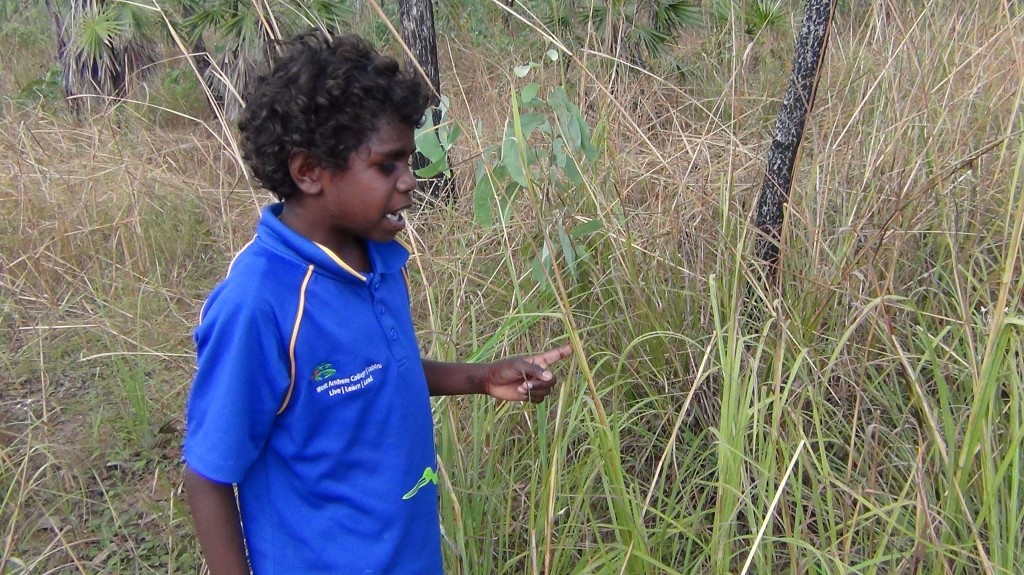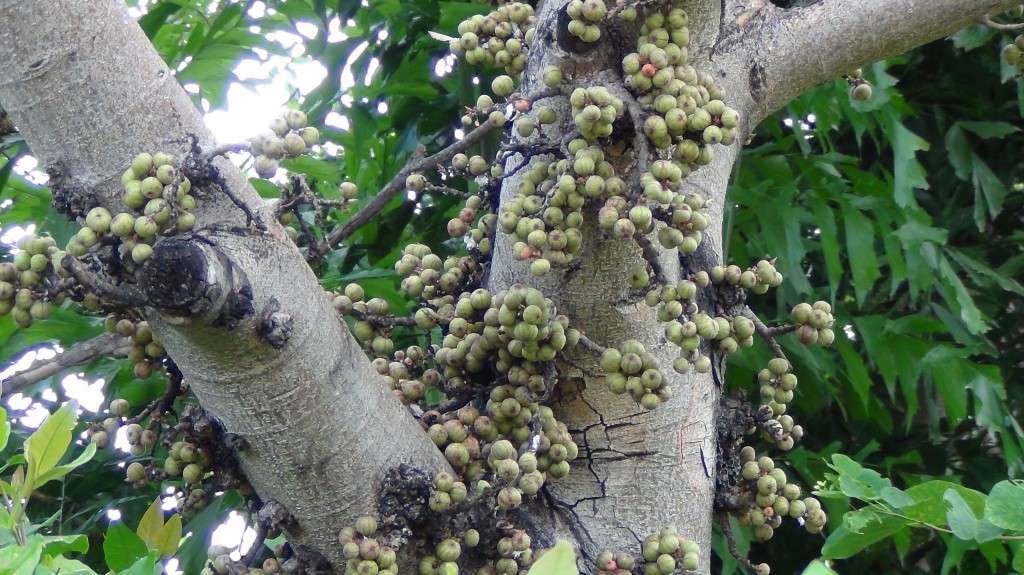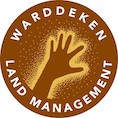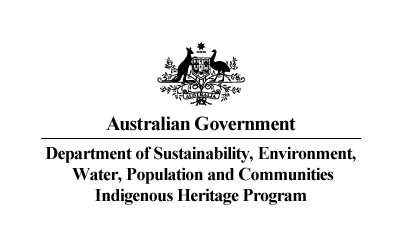Kun-yungki bu Kerrngehken Bininj Bindih-nang Balanda
FRAGILE FIRST IMPRESSIONS
A Threatened Archive of Indigenous Reportage
Trinity Grammar and Warddeken Land Management invite you to:
15a Railway Place Fairfield (upstairs from Beancounters coffee shop opposite Fairfield Railway station).
from 6 to 26 July 2014 and will be opened by Prof Marcia Langton.











